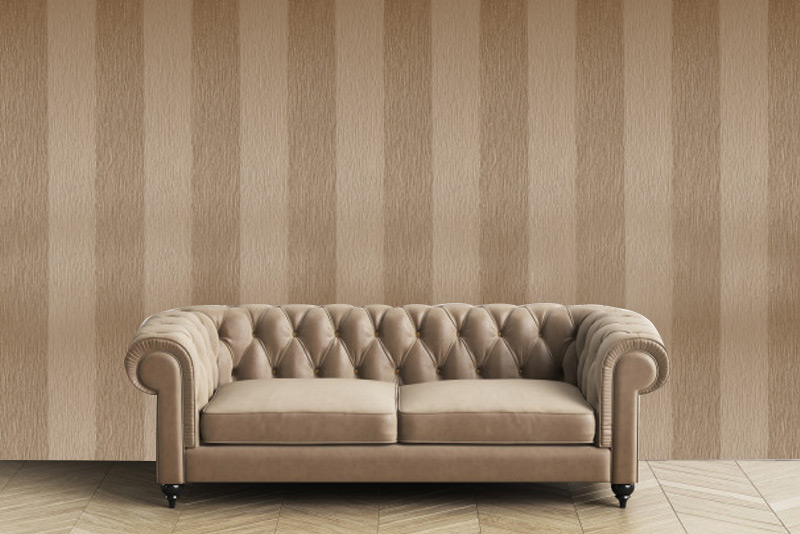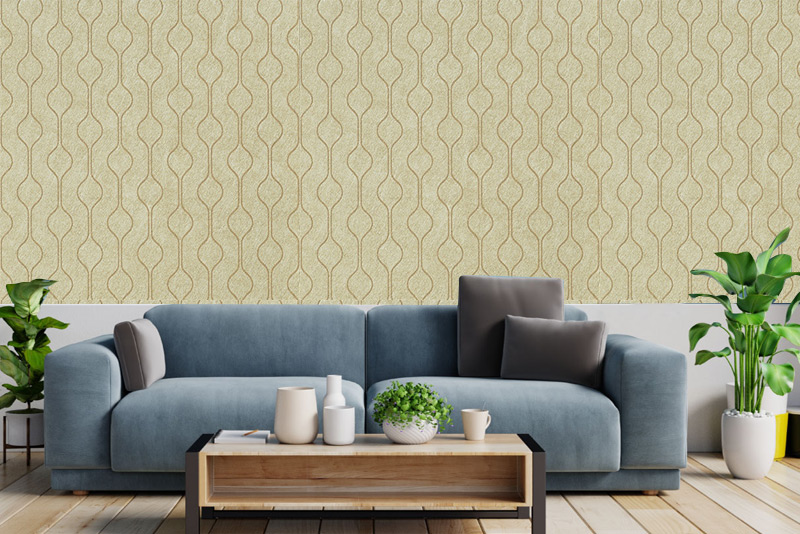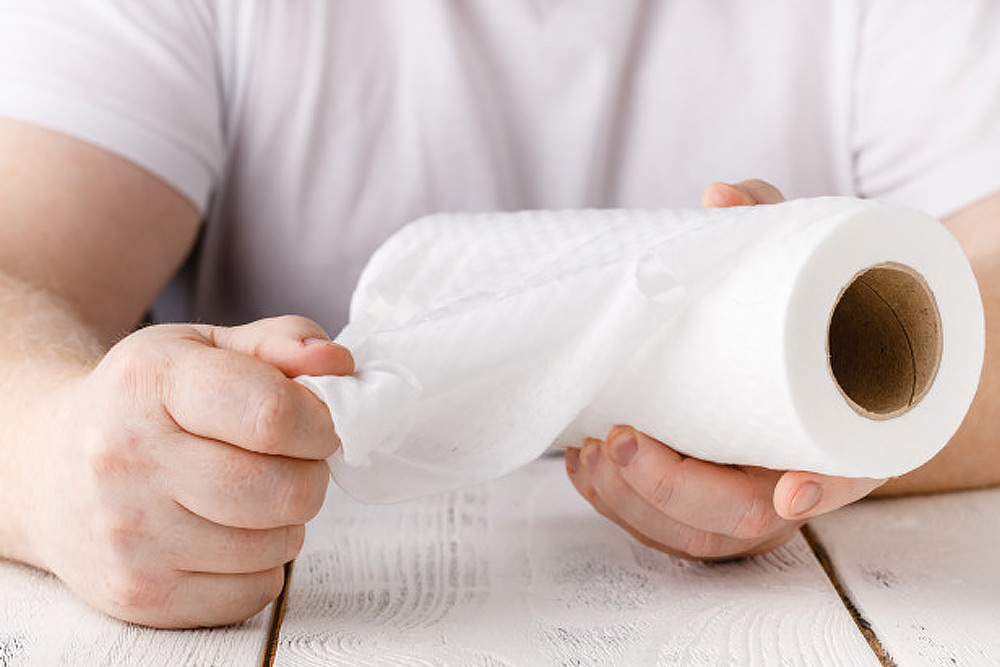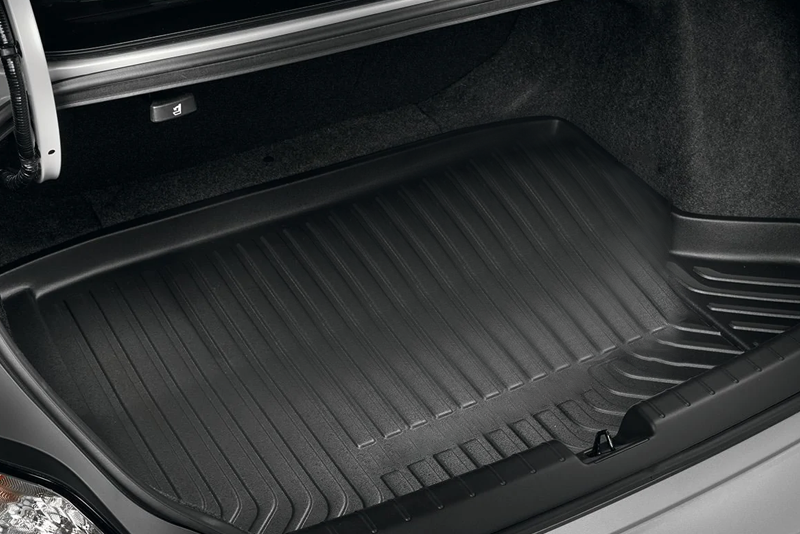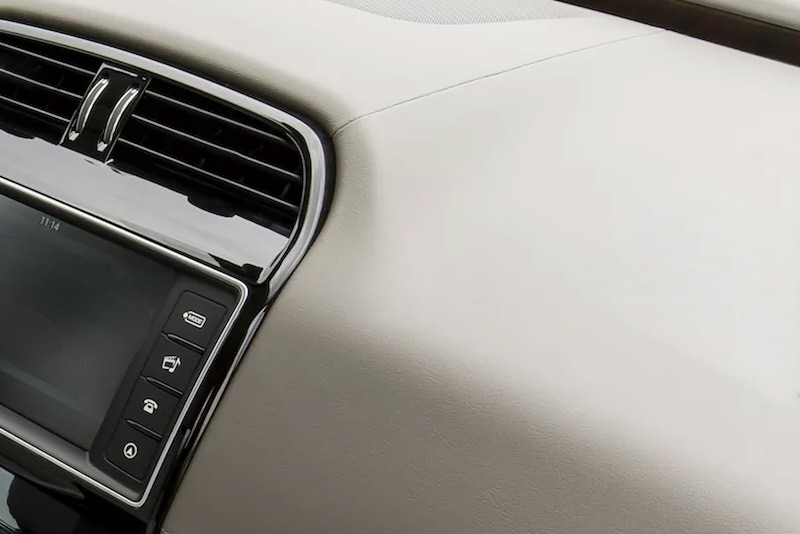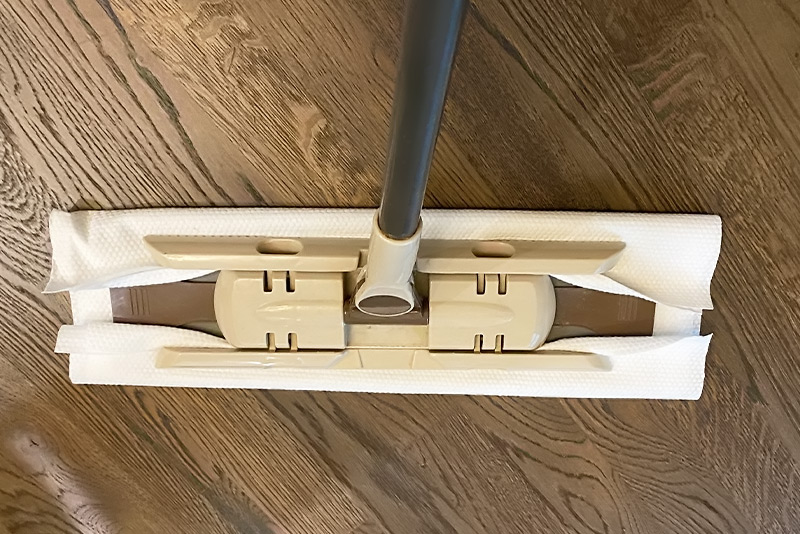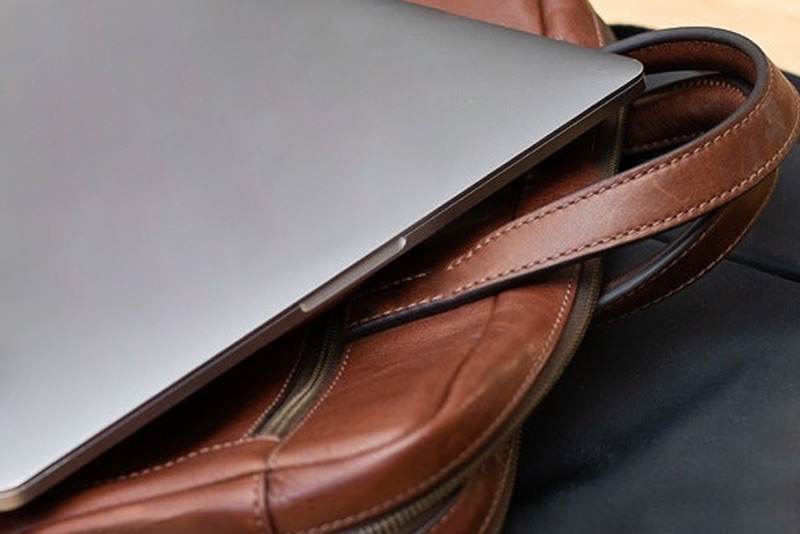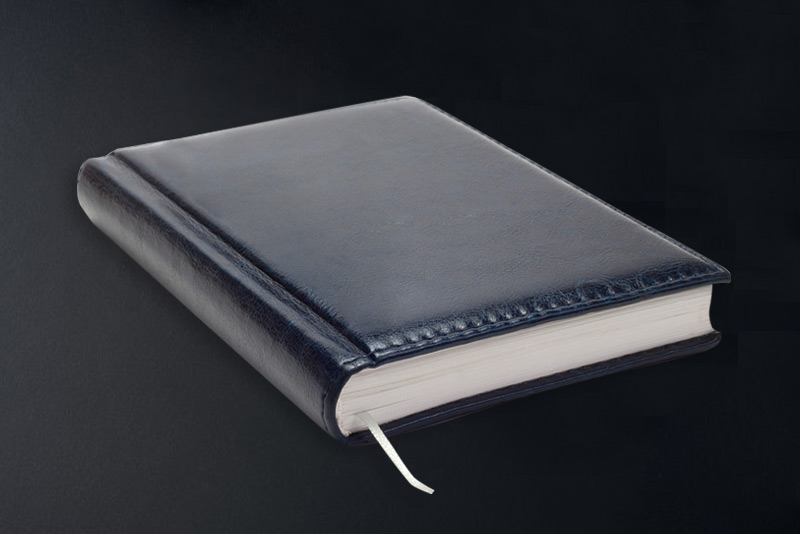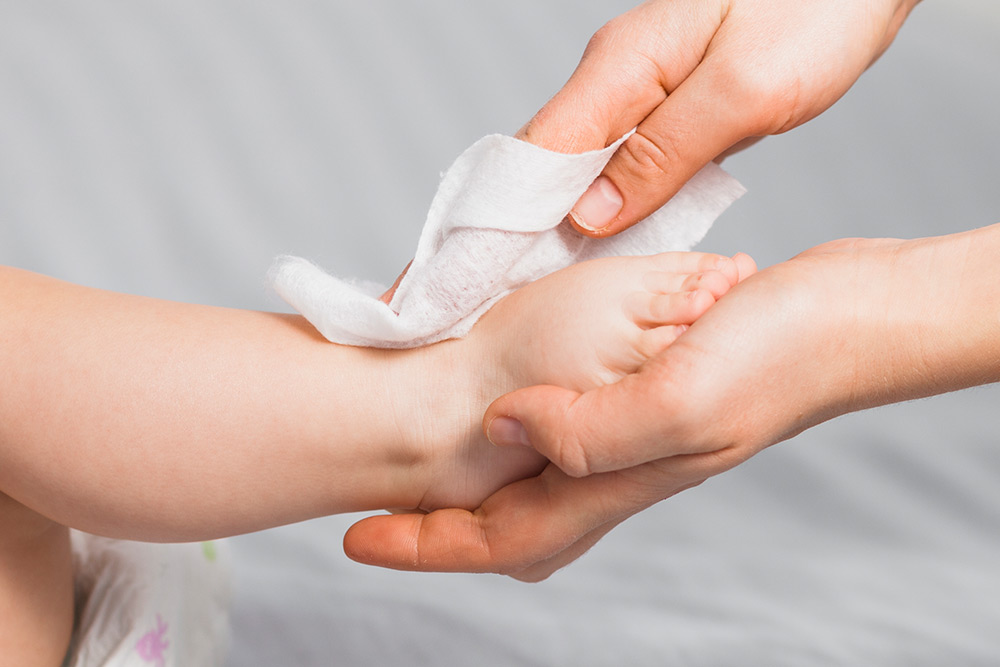Thick spunlace nonwoven is a textile material that finds wide applications across industries. It is made from a variety of materials and can be customized to suit specific performance requirements.
The fabric can be finished with various treatments such as antimicrobial, flame retardant or water repellent. This helps to improve its function and appearance.
Spunlace nonwoven is a textile material made by mechanically bonding fibers together using a process known as hydroentanglement. It is often used in wet wipes, hygiene products, medical dressings, filtration materials, and apparel. It can be produced with a variety of raw materials including cotton, viscose, polyester, and polypropylene. It can also be combined with chemical binders to achieve specific properties.

Nonwoven fabrics are a popular choice for wet wipes because of their soft texture and strong liquid absorption. However, they must meet certain specifications to ensure quality and function. If the nonwoven is too light, it will not be able to meet the required safety standards and could lead to a health hazard. It is also important to monitor the breaking elongation and residual moisture profile of the product.
Spunlace nonwoven can be produced from a variety of fiber raw materials. The most common are polyester, nylon, polypropylene and viscose. Viscose is made by extracting and reshaping the fiber molecules from natural wood cellulose or cotton linters. The fiber is then subjected to various processes including aging, sulfonation and alkalization to obtain cellulose xanthate.
High Tensile Strength
The tensile strength of the nonwoven fabric depends on the degree to which the fibers are mechanically bonded together. The tensile strength of the fabric can be improved by reducing the mesh size of the forming conveyor belt and by optimizing the conditions for hydro-entanglement.
The first step in the manufacture of nonwovens is mixed carding, which distributes the fibers evenly and forms single fibers. These can then be further shaped and impurities removed in the fiber web formation process. This can be done using dry laid, wet laid, or polymer extrusion web formation methods.
High Water Repellent
The thickness of spunlace nonwoven fabrics can vary significantly based on the type of fiber used. The fabric can also be finished with various treatments to enhance performance. For example, it can be made antimicrobial or flame retardant to meet specific requirements.
Spunlace nonwoven fabrics can be produced in a variety of weights, from very light to extremely heavy. This can be important for ensuring that the final product meets its intended functional and safety standards. A nonwoven that is too light may not be able to meet its specified performance and could potentially pose a health risk.


 English
English 简体中文
简体中文 日本語
日本語
